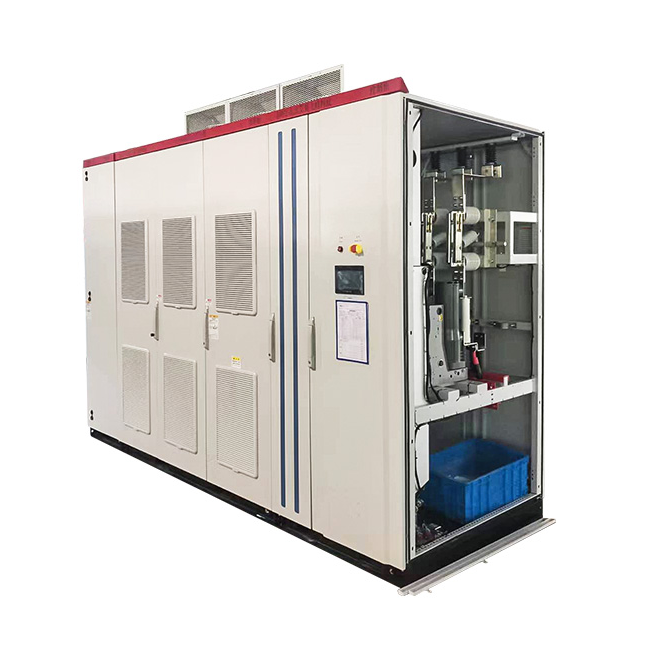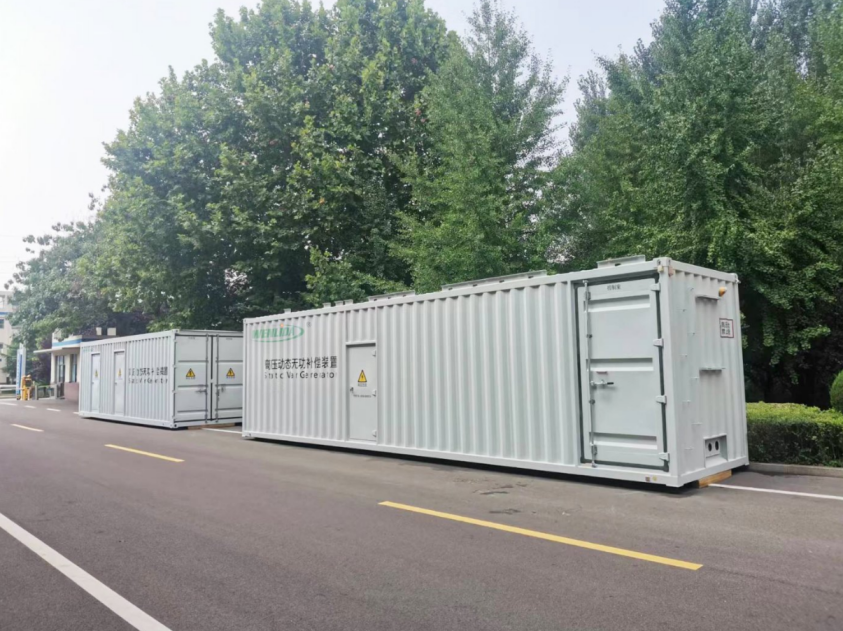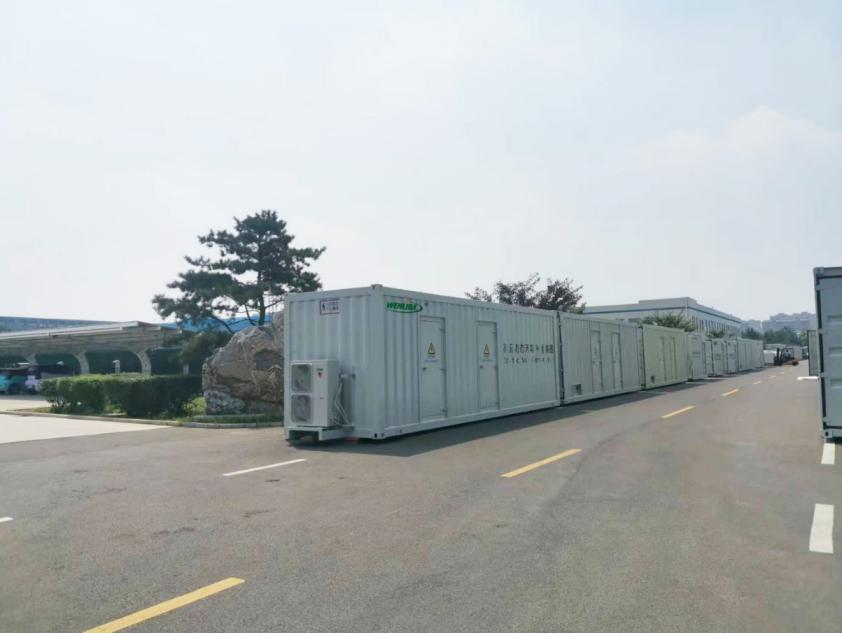Best High Voltage Static VAR Generator: Power Grid Stability
In today’s world, the stability of electrical power grids is crucial to ensuring reliable energy supply across industries, businesses, and homes. However, one of the primary challenges in power systems is managing reactive power, which plays an essential role in maintaining voltage levels. Without proper regulation of reactive power, voltage fluctuations can lead to equipment damage, power interruptions, and inefficiencies. So, how do power grid operators manage these issues in real-time? The answer lies in High Voltage Static VAR Generator (SVG).

Market Overview of High Voltage Static VAR Generator
The global market for Static VAR Generators has been experiencing substantial growth, driven by the increasing demand for grid stability and efficiency in electrical power systems. According to recent market research data, the Static VAR Compensator (SVC) and SVG market size in 2023 is estimated at USD 3.12 billion, with a Compound Annual Growth Rate (CAGR) of 8.3%. This growth is expected to continue, with projections indicating the market will reach USD 5.89 billion by 2030. This rapid expansion is driven by factors such as the ongoing energy transition towards renewable energy sources, the need for voltage control in smart grids, and the increasing complexity of modern power systems.
The increasing integration of renewable energy sources like wind and solar requires advanced reactive power management systems, which contributes to the rising adoption of SVG technology. Additionally, the demand for more reliable and efficient industrial operations across sectors like manufacturing, utilities, and transportation fuels this growth.
Industrial Needs for Reactive Power Compensation
Industries and power grid operators face growing challenges as they work to meet the demand for uninterrupted power while maintaining system efficiency. Industrial applications, particularly those involving motors, transformers, and large machinery, often introduce reactive power into the system, which can cause voltage instability, power factor degradation, and inefficient energy consumption. The need for reactive power compensation has never been more critical.
Reactive power is the component of alternating current (AC) electrical energy. It does no useful work but is essential to maintain voltage levels that allow the transfer of real power. If not adequately controlled, reactive power can result in power losses, poor voltage regulation, and overloading of equipment. This is where High Voltage Static VAR Generators step in, offering a solution that stabilizes voltage levels, ensures efficient power factor, and improves overall system performance.
Working Principle of High Voltage Static VAR Generators (SVG)
The operation of a high-voltage static var generator is based on a relatively simple but very effective principle: it adjusts the amount of reactive power supplied to the grid in real time. Maintain stable voltage levels and improve overall grid performance.
Voltage Source Inverter (VSI) Technology
At the heart of the SVG is a voltage source inverter (VSI), which is connected in parallel to the grid through a reactor. The VSI consists of two major components: DC capacitance and an inverter bridge. The inverter bridge is made up of semiconductor devices called Insulated Gate Bipolar Transistors (IGBTs). These IGBTs act as switches, controlling the flow of current and allowing for the precise modulation of voltage, amplitude, and phase.

By controlling the switching pattern of the IGBTs, the SVG can convert DC power into AC power with adjustable amplitude and phase, thus generating reactive power. The SVG detects the real-time reactive power needs of the system and adjusts its output to match, thereby stabilizing voltage fluctuations and improving power quality. This allows the power grid to operate with a high power factor, reducing energy losses and enhancing the efficiency of the entire grid.
Fast Response Time and Dynamic Compensation
One of the most significant advantages of an SVG is its ability to dynamically compensate for reactive power fluctuations. Unlike traditional solutions like capacitor banks or synchronous condensers, which have slower response times, SVGs can adjust their output within a 1 to 10 millisecond response time. This enables real-time compensation and rapid stabilization of voltage fluctuations. Especially in systems with large load variations or where renewable energy sources are intermittent.
Applications of High Voltage Static VAR Generators
Power Grid Stability and Voltage Control
SVGs play a crucial role in maintaining the stability of electrical power grids. They are widely used in power transmission and distribution systems to compensate for reactive power and provide voltage control. SVGs help grid operators maintain optimal voltage levels, ensuring that electrical equipment operates efficiently and safely. They are especially beneficial in areas where there are concerns about grid instability. Examples include areas with high penetration of renewable energy or industrial areas with large load fluctuations.
Industrial and Commercial Power Systems
Large motor and inductive load industries such as steel manufacturing, chemical industry, large data centers, etc. Reactive power compensation is often required to avoid voltage drops and improve overall efficiency. SVG provides fast, precise voltage regulation in these environments. Ensure equipment operates at optimal efficiency, thereby reducing energy consumption and extending machinery life.
Renewable Energy Integration
As the world transitions to renewable energy. Integrating these variable power sources, such as wind and solar, into the grid poses significant challenges. Renewable energy generation is intermittent, and fluctuations in wind or sunlight can lead to voltage instability. SVGs are an important part of this shift because they provide a solution. Reactive power imbalances caused by variable renewable energy generation can be quickly compensated, ensuring grid stability and reliability.
Power Quality Improvement and Harmonic Mitigation
SVGs are also effective in improving power quality by reducing harmonic distortion in the grid. Harmonics are unwanted frequencies that can interfere with the proper operation of electrical equipment, leading to inefficiencies and potential damage. The ability of the SVG to dampen grid resonance and filter out harmonics helps protect sensitive equipment and improves the overall power quality of the system.
Advantages of High Voltage Static VAR Generators
1. Rapid Response Time
One of the most notable benefits of SVG technology is its rapid response time. The ability to react in 1 to 10 milliseconds ensures that the system can compensate for voltage fluctuations as they occur, providing real-time stabilization of the power grid. This is particularly valuable in regions with rapidly changing load conditions or high integration of renewable energy.
2. Dynamic Compensation Across Capacitive and Inductive Loads
The SVG can operate in capacitive, inductive, and no-load modes, making it highly versatile for various industrial and grid applications. Whether the system requires leading or lagging reactive power. SVG can all be adapted accordingly, providing flexible compensation based on specific needs.
3. High Power Factor and Energy Efficiency
By continuously balancing reactive power, SVGs help improve the power factor of the grid. High power factor reduces the need for excess reactive power generation. This improves energy efficiency and reduces energy losses in the transmission grid.

4. Robust Protection and Remote Monitoring
SVGs are equipped with a variety of protection features, including safeguards against over-current, over-voltage, under-voltage, and lightning strikes. Additionally, many SVG systems support remote monitoring capabilities through communication protocols like RS485, CAN, Modbus, TCP/IP, and GPRS, providing real-time operational data and enabling remote management of the power grid.
Conclusion
The High Voltage Static VAR Generator (SVG) is a critical technology for modern power grids, offering a reliable, fast, and efficient solution for managing reactive power and ensuring voltage stability. As the demand for cleaner, more efficient energy continues to grow. SVG will play an increasingly important role in the global power system. By providing dynamic compensation, fast response time and improved power quality. SVG is changing the way we manage the grid, laying the foundation for future improvements in energy efficiency and grid resiliency.
As industries and utilities continue to embrace this technology, suppliers like Shanghai Wenlida Technology Co., Ltd. are leading the charge in providing innovative SVG solutions that meet the growing demand for grid stability and efficiency.
